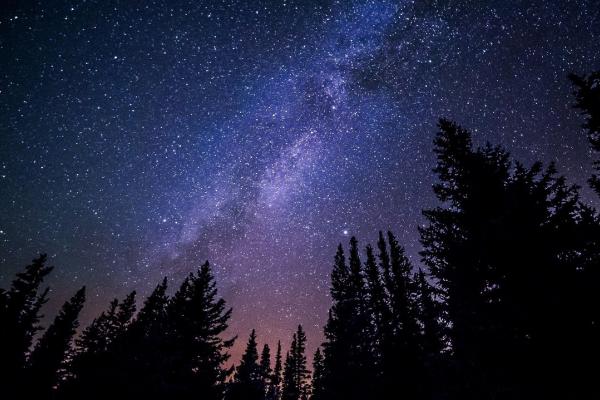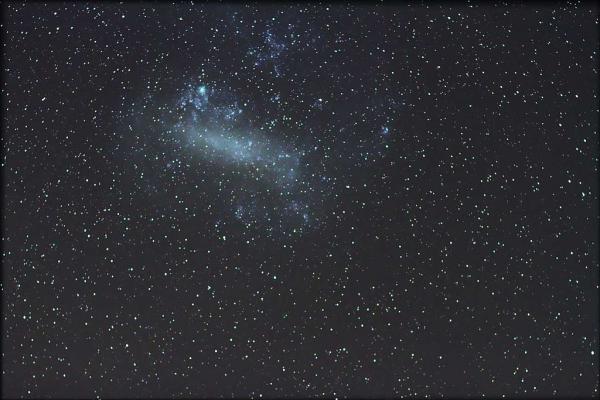Groundbreaking discoveries about gravitational waves, black holes, cosmic rays, neutrinos and other areas of cutting-edge astronomy may soon become more frequent due to the convergence of two major…
Just as human beings and all other living things exist in a vast number of different forms thanks to their genetic makeup, so different types of planets occur due to the chemical processes at work in…
As anyone who has ever tried to clean a home knows, ridding yourself of dust is a Sisyphean effort. No surface stays free of it for long. It turns out that space is somewhat similar. Space is filled…
There are a lot of things that pose a threat to our planet – climate change, natural disasters, and solar flares, for example. But one threat in particular often captures public imagination, finding…
Asteroids — the bits and pieces left over from the formation of the inner planets — are a source of great curiosity for those keen to learn about the building blocks of our solar system, and to…
The search for life outside of Earth has taken many forms. Mars, our neighbouring world, looks like it was once habitable. Perhaps too Venus, despite its current hellish conditions. But in recent…
From corals bunkering down in deeper waters to wait out climate change stress, to how vaccines can boost our immune system beyond a specific disease – here are the 20 most surprising scientific facts…
Our Milky Way is thought to be home to as many as 400 billion stars, one of which is, of course, our own sun. But how and when did these stars form, and where did they come from?
Our Milky Way is not alone in the universe. Surrounding us are numerous satellite galaxies, taking part in a continuous grand dance. But how do these neighbouring galaxies behave, how do they…
The Milky Way might be right on our cosmic doorstep, but a group of astronomers suspect that the way we currently study it is stunting our understanding. Professor Ralf Klessen at Heidelberg…














